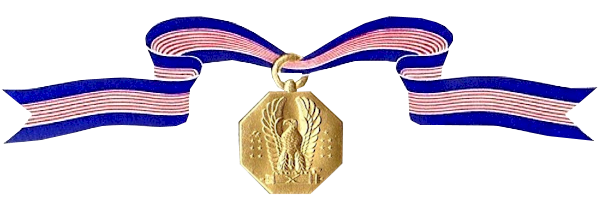The President of the United States of America, authorized by Act of Congress, July 2, 1926, takes pleasure in presenting the Soldier’s Medal to Captain (Corps of Engineers) Robert L. Morgan, United States Army, for heroism at the risk of life not involving conflict with an armed enemy as a member of the Idaho Nuclear Power Field Office, National Reactor Testing Station, near Idaho Falls, Idaho, on 3 January 1961. Captain Morgan was at home when he was informed of a severe explosion some 40 miles away within the highly radioactive core of an SL-1 Nuclear Power Plant. Rushing immediately to the scene, he discovered upon arrival that a previous attempt had failed to locate and rescue an enlisted man known to have been in the building. Fully aware of the extremely high rate of radiation existing within and surrounding the area of the explosion, and with the complete knowledge of the threatening possibility of another similar explosion, Captain Morgan voluntarily entered the building in an effort to locate the missing man. Together with three other individuals, he remained inside the building and, without regard for his own personal safety, exposed himself to the dangerous radiation until the missing crew member was located. He withdrew from the contaminated area only when it was positively establish that the man was dead. After the withdrawal, Captain Morgan quickly realized that a fire in the reactor building would result in widespread and lethal radiation. To prevent this, he re-entered the contaminated area and secured all doors, sealing off the hot air furnace as a precautionary measure. The prompt action, presence of mind and unselfish heroism displayed by Captain Morgan in this sudden emergency are in the most cherished traditions of the United States Army, and reflect the utmost credit upon himself and the military service.
Robert
L.
Morgan

Awards Received
-

Soldier’s Medal
-
Soldier’s Medal
Service:
United States ArmyRank:
Captain (Corps of Engineers)Action Date:
January 3, 1961
Department of the Army, General Orders No. 48 (December 29, 1961)

